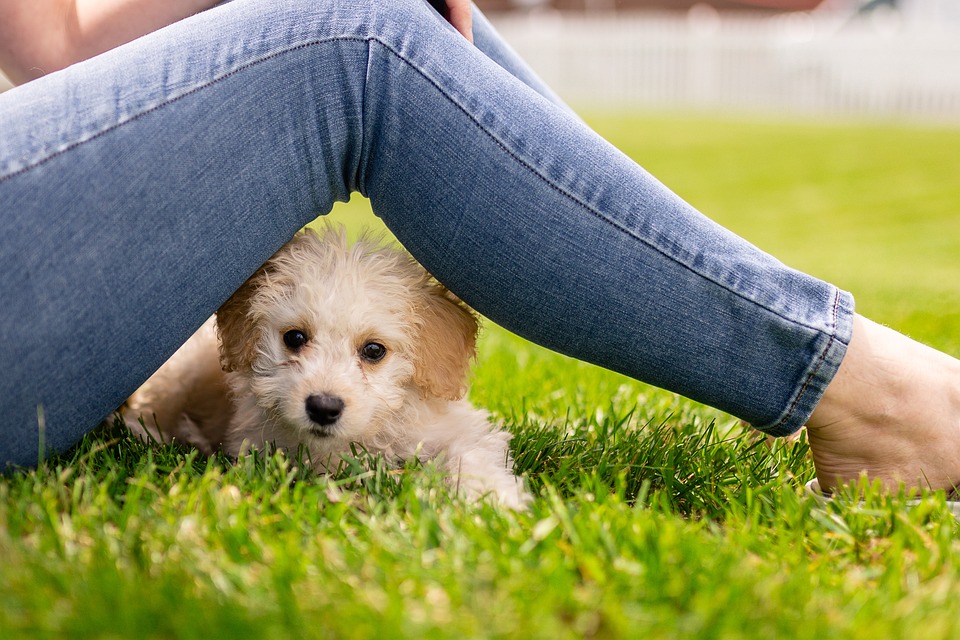Teaching your dog to wait for their food bowl is an essential skill that can greatly improve mealtime etiquette and ensure a peaceful dining experience for both you and your pet. This article will guide you through the process of training your dog to wait patiently for their meal, while also addressing common questions and concerns. By implementing these techniques, you can instill self-control and develop a positive mealtime routine for your beloved canine companion.
Teaching your dog to wait before diving into their food bowl provides numerous benefits. Firstly, it encourages impulse control, preventing your dog from rushing their meals and potentially experiencing digestive issues. Additionally, waiting for their food helps instill patience, which can be beneficial in various aspects of your dog’s life, such as waiting at doors or during vet visits. Lastly, it establishes you as the pack leader, promoting a harmonious relationship based on respect and obedience.
Before introducing the “wait” command, ensure that your dog understands basic commands like “sit” and “stay.” This foundation will make the training process smoother and more effective. Start by holding your dog’s food bowl and asking them to sit or stay. Use a clear and firm voice command, such as “wait.” Initially, hold the bowl for a few seconds before rewarding your dog with their meal. Gradually increase the waiting time as your dog becomes more comfortable.
Once your dog comprehends the “wait” command, incorporate it into their regular feeding routine. Place the filled food bowl on the ground and ask your dog to wait. If they remain calm and patient, reward them by giving the release command, such as “okay” or “eat.” If your dog breaks the command, calmly remove the bowl and restart the process.
Some dogs may struggle with impatience and become overly excited during mealtime. To address this, consider incorporating mental stimulation activities, such as puzzle toys or obedience training exercises, before meals. This can help redirect their energy and promote a calmer demeanor. If your dog displays food aggression or possessiveness, it’s crucial to address these behavioral issues before implementing the “wait” command. Consult a professional dog trainer or behaviorist to develop a tailored plan to manage and modify this behavior.
The time required to train a dog to wait for their food can vary depending on the individual dog and their previous training experience. Consistency, patience, and positive reinforcement are key. With regular practice, most dogs can grasp the concept within a few weeks.
Yes, treats can be an effective way to reinforce the “wait” command. However, it is important to gradually reduce the frequency of treat rewards as your dog becomes more proficient. Transition to verbal praise and occasional treats to maintain the behavior.
If your dog breaks the “wait” command, calmly remove the food bowl and restart the process. It’s essential to be consistent and avoid rewarding impatience. With repetition and practice, your dog will learn to associate the “wait” command with the reward of enjoying their meal.
While teaching the “wait” command might not be as crucial for dogs using automatic feeders, it can still be beneficial to incorporate this training. It helps maintain consistency in their overall obedience and impulse control, even if specific mealtime waiting isn’t required.
The “wait” command can be applied in various situations, such as before opening doors, crossing roads, or during vet visits. By consistently practicing and reinforcing the “wait” command, you can enhance your dog’s self-control and create a safer environment for both of you.
Teaching your dog to wait for their food bowl is an investment in their overall obedience and self-control. By following the step-by-step guide and addressing common challenges, you can instill patience and good manners during mealtime. Remember to be patient, consistent, and always use positive reinforcement. With time and practice, your dog will master the art of waiting and enjoy a more relaxed and enjoyable mealtime routine.









